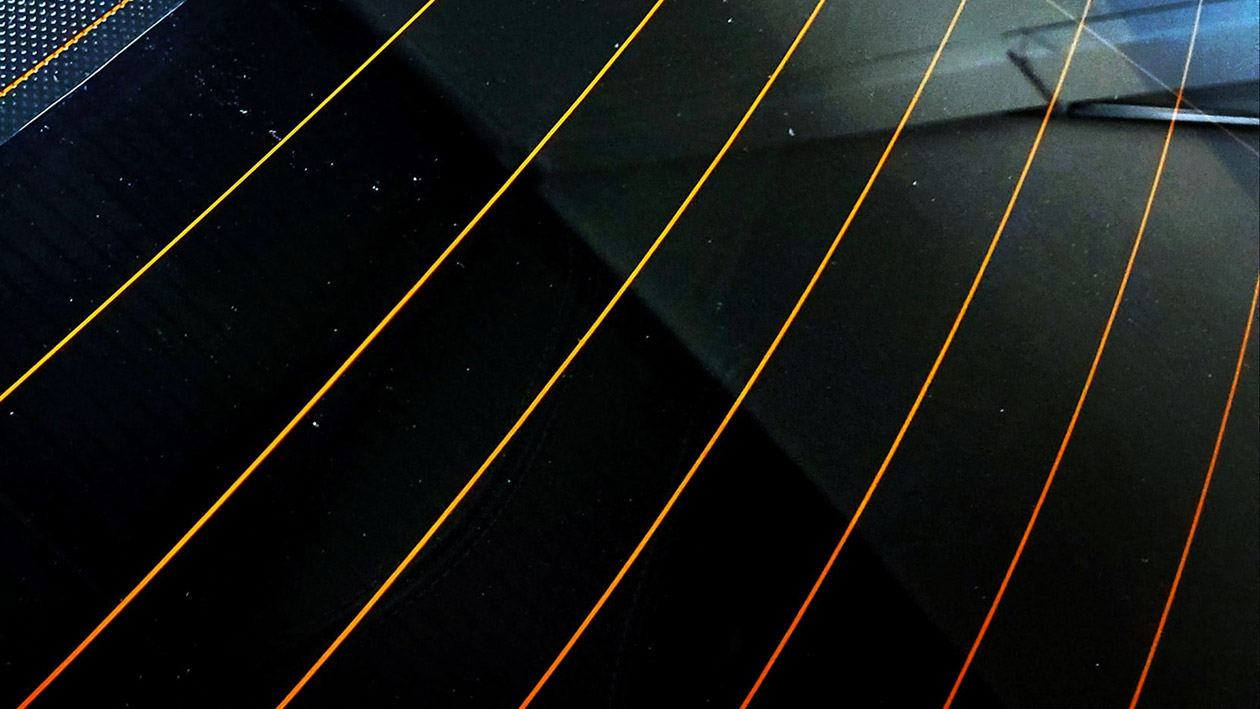
The short answer is absolutely yes – you can put window tint over your defroster lines, and it’s actually beneficial for your car’s heating system. Modern window films work brilliantly with rear defrosters, helping to distribute heat more evenly across your rear window while providing all the usual benefits of UV protection and privacy. However, there are some important considerations about installation technique, film selection, and long-term maintenance that every Australian car owner should understand before making this modification.
Understanding How Your Rear Defroster Actually Works
Your rear defroster is quite different from the front one that blows air. Those thin lines you see on your back window are actually electrical wires that heat up when you flick the switch. When electrical current flows through these delicate conductive strips, they generate heat that clears away condensation, frost, or ice from your rear window. It’s a clever system, but those lines are surprisingly fragile – they’re essentially a mixture of metal and resin stuck to your glass with adhesive.
The beauty of this electrical heating system is that it works independently of your car’s air conditioning or heating system. You can clear your rear window even when your engine is cold, which makes those frosty winter mornings in Sydney much more manageable.
Why Window Tint Actually Improves Defroster Performance
Here’s something that might surprise you – adding quality window tint to your rear window actually makes your defroster work better, not worse. The film helps distribute the heat generated by those thin electrical lines more evenly across the entire glass surface. This means you’ll get faster, more uniform clearing of condensation and frost.
Ceramic and metal-based films perform particularly well in this regard, significantly outperforming cheaper dyed films. The thermal properties of these premium films allow them to conduct and distribute heat more effectively, creating a more efficient defrosting system overall. Modern window tint technology has advanced considerably, and these films can easily handle the heat generated by your defroster lines without any damage or degradation.
The Installation Challenge: Getting It Right Without Damage
Installing tint over defroster lines requires genuine skill and patience. The raised nature of those electrical lines creates unique challenges that separate professional car window tint installers from weekend warriors. You need to ensure the film adheres properly around each line without trapping air bubbles, which can be tricky given that the wires create tiny ridges on your glass surface.
The biggest risk during installation isn’t to your tint – it’s to your defroster lines themselves. One careless scrape with a sharp blade during the cleaning process can permanently damage those delicate electrical wires. Professional installers like the team at EverClear Window Tinting understand this and use specific techniques and tools to avoid scratching or dislodging the wires during surface preparation.
Choosing the Right Film Type
Not all window films are created equal when it comes to defroster compatibility. Non-metallic films, particularly ceramic or carbon-based options, are your best bet for rear windows with defrosters. These films won’t interfere with the electrical function of your defroster lines and provide excellent heat distribution properties.
You’ll also want to ensure your chosen film complies with Australian regulations. Across most Australian states and territories, you can legally use 20% VLT (Visible Light Transmission) on your rear window, though this varies slightly by location. In Victoria, for example, rear windows can have 20% VLT, while front side windows must be 35% VLT.
The Removal Dilemma: When Things Get Complicated
Here’s where things get interesting, while installing tint over defroster lines is generally straightforward for professionals, removing it later can be much more challenging. The adhesive used in window films can bond quite strongly to both the glass and the defroster lines themselves.
If your tint ever needs to come off – perhaps it’s bubbling, discoloured, or you’re selling the car – there’s a real risk that the removal process could damage or completely destroy your defroster lines.
Safe Removal Techniques
If you do need to remove tinted film from a rear window with defrosters, heat is your best friend. Using a steamer or heat gun to soften the adhesive makes the film much easier to peel away without damaging the underlying electrical lines. The key is patience – rushing the process or using sharp scraping tools dramatically increases the risk of defroster damage.
Professional removal typically involves dissolving the adhesive through a steaming process rather than scraping, which helps preserve those delicate electrical wires. However, older films or cheaper adhesives may have bonded so strongly to the defroster lines that removal becomes nearly impossible without damage.

